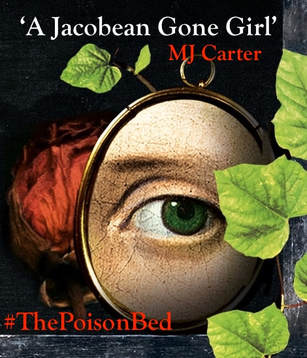 Sometimes a story insists on being told in a particular way. When I started work on The Poison BedI had published four novels about historical women embroiled in the dangerous power play of the Tudor and Elizabethan courts. The place and time of their setting was defined by jeopardy, when those who stepped out of lived under the threat of execution. These novels certainly had elements of the political thriller; but my aim in writing them was primarily to shine a light on these remarkable and half-forgotten women. I had assumed I would take a similar approach when writing about the infamous beauty Frances Howard. A contemporary portrait shows her looking out at the viewer with a knowing half-smile. Her gaze is unusually direct, seeming to challenge the prevailing notion that women of her time should be seen and not heard. This image captivated me and when I dug into her story, discovering that she was at the heart of a scandal that rocked the Jacobean court right up to its highest echelons, I knew I wanted to explore her life and the notorious murder trial in which she became ensnared. The Jacobean period was an age steeped in paranoia with divided political and religious loyalties, giving rise to some of the bloodiest dramas ever staged. I only had to think of Othello, Macbeth and The Duchess of Malfi, with their themes of revenge, power and manipulation to understand that the atmosphere of my novel would be dark and fraught with tension and danger. Central to Jacobean tragedy is the figure of the disruptive female. Clever, mysterious and dangerous, these women seemed to me the forerunners to the femmes fatales of classic noir films. Invariably in Jacobean tragedy a woman is blamed for the collapse of moral order in much the same way as Frances Howard was blotted by the scandal that surrounded her. 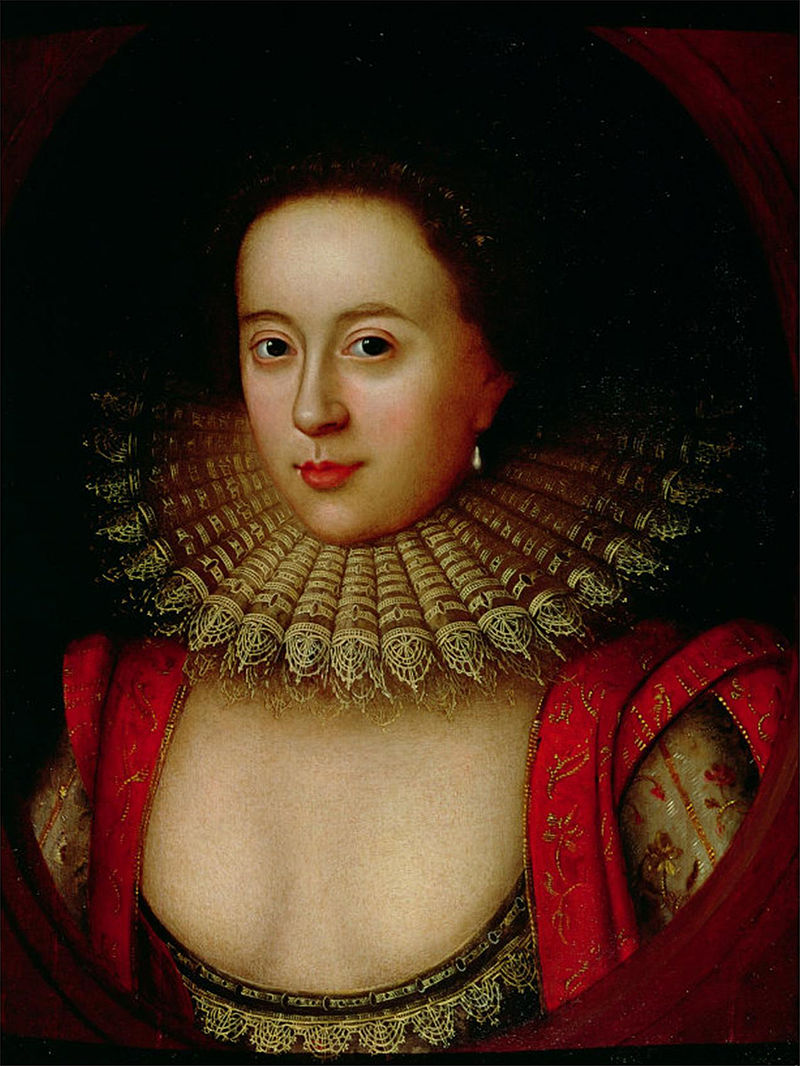 Frances Howard by William Larkin Frances Howard by William Larkin On researching her story, it seemed clear to me that the Howards had used Frances as a pawn for their political ambitions. The Howards were a powerful and ruthless bunch who saw an opportunity to align themselves closely to the King by marrying Frances off to the royal favourite Robert Carr. Carr was a man on the rise but the proposed marriage was not a straightforward business, because Frances already had a husband. Behaving much like a mafia don, the Howard paterfamilias negotiated an annulment which initiated the beginnings of the scandal Frances became caught in. But then a man who had vehemently opposed the annulment was found dead, poisoned whilst imprisoned in the Tower of London, and the newlyweds found themselves under arrest. The more I explored the historical record, the more I came to understand that the circumstances of this murder were condiserably more complex than they first seemed. There were several people in very high places for whom the death might have been most convenient. It seemed possible, probably even, that there had been a cover-up and various plea bargains that obscured the real circumstances of the case. The truth remained frustratingly elusive and I came to see, in a light-bulb moment, that the only way to recount Frances’s story was to place this crime, with all its untied ends, right at its heart. It became clear that Frances and Robert would each narrate their separate stories, so the reader could understand the circumstances of this controversial marriage from two differing perspectives. In my mind it had become a tale of Jacobean noir, dependent on a central femme fatale, intricate plotting, pace and the meticulous, slow release of information. As such it had more in common with its contemporary cousin, the twisty, domestic psychological page-turner, than the historical court novel I had initially imagined. I had no choice but to write it as a thriller.
Now I have turned to the dark side it would seem there is no going back and I am working on a companion piece to The Poison Bed, a revenge thriller, inspired by another true crime, called The Honey and the Sting,to be published next year. The Poison Bed by E. C. Fremantle is published by Michael Joseph. This article was first published in Shots Magazine
2 Comments
|
Subscribe to Elizabeth's quarterly newsletter below:Archives
June 2018
Categories
All
|
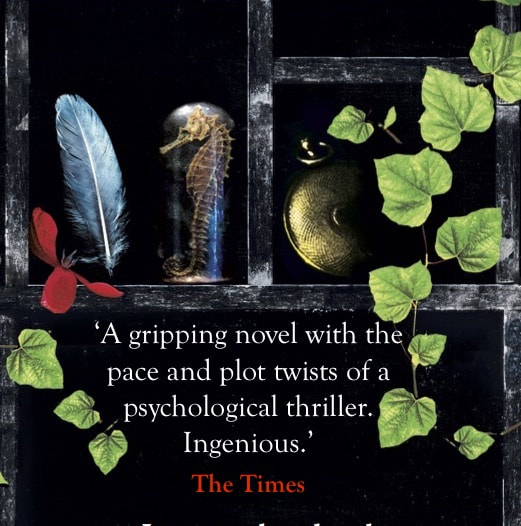
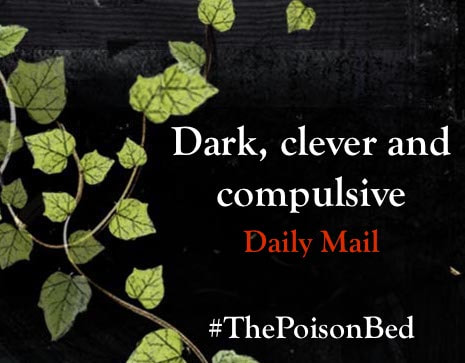
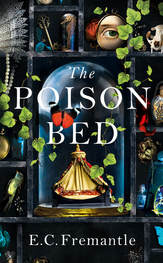
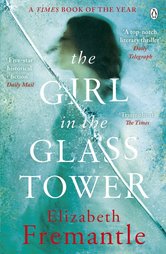
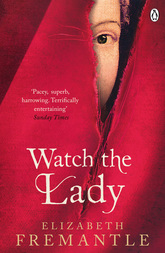
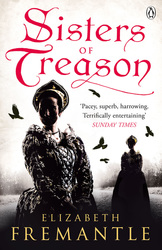
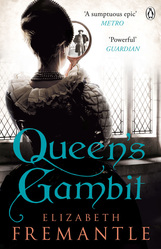
 RSS Feed
RSS Feed
